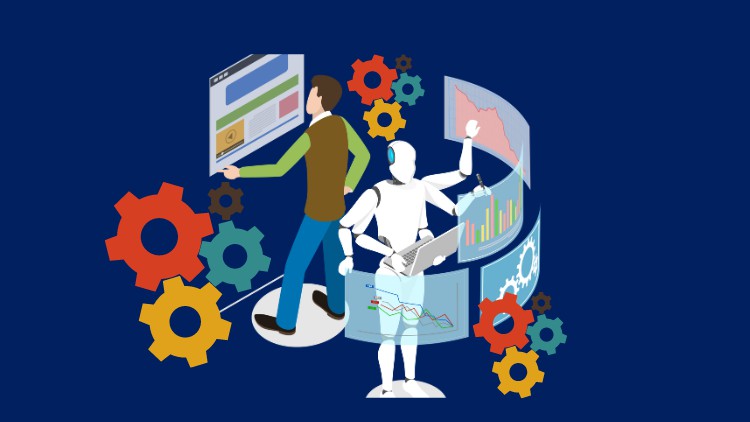
Learn how to create and deliver a plan to automate a process within your business, using PDD, RPA and other techniques.
What you will learn
How to automate a business process
How to identify and define a process in need of automation
How to develop a plan for the deployment of an automated solution
The process to follow, end to end, to automate
How to build a PDD (Process Definition Document)
How to improve operational performance & efficiency with this approach
What process automation is, its key features
How to sell the vision and secure buy in for the work to come
How to work with developers through to project completion
How to find the organization big savings and efficiencies in their process
Description
Automating business processes using techniques such as RPA (Robotic Process Automation) is a skill highly in demand in today’s workforce. Businesses are seeking new and innovative ways to improve their operational performance, save money, reduce time wasted and produce better quality products and services, all quicker and more efficiently. They want to reduce the occurrence of errors and issues, defects and problems. Automating their processes can help with all of that.
In this course, we are going to explore the following:
– How to identify and define a process as “ripe” and ready for automation, looking through the techniques to determine this.
– How to plan for an automation project of this kind (process automation).
– How to build out the most important document in process automation, the PDD (Process Definition Document).
– What automation is, the different types you may see and how process automation fits in here.
– A practical example of a real life automation, defined, explored and deployed within an organization.
The course focuses on a good mix of the practical and the theoretical. The aim is for you to leave the course confident to be able to identify a process in need of automation, and the steps you need to take post this to deploy the change. We will cover off what work you need to do internally (process mapping, project management activities) and the work the developers will be taking on (production, test scenarios etc.)
It is worth noting this course is NOT about giving you technical skills to actually build the automation itself. This course is going to upskill you in how to run a process automation project, how to identify and prioritize those processes ripe for automation and how to conduct the many activities internally (such as planning, mapping, workshops etc.) to get the automation over the line. These skills (outside of the technical) are really important – having someone coordinate, plan and delivering all of the work required.
Content